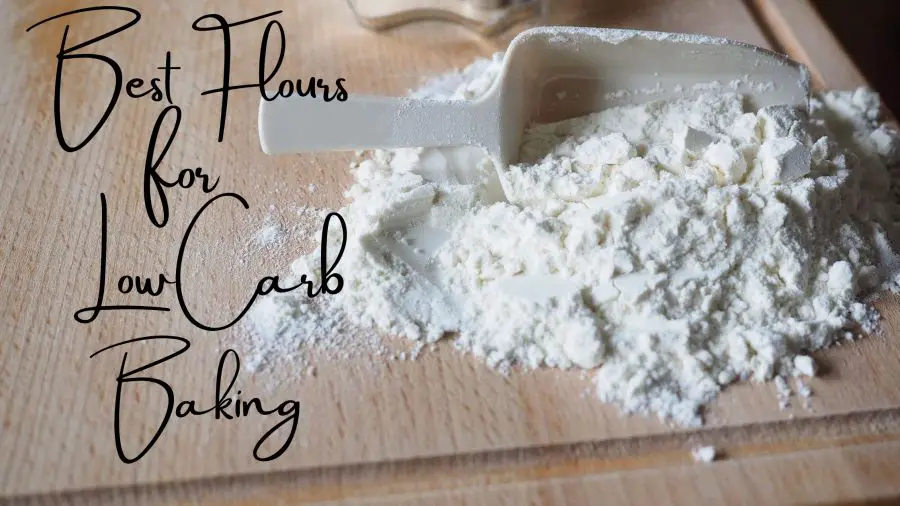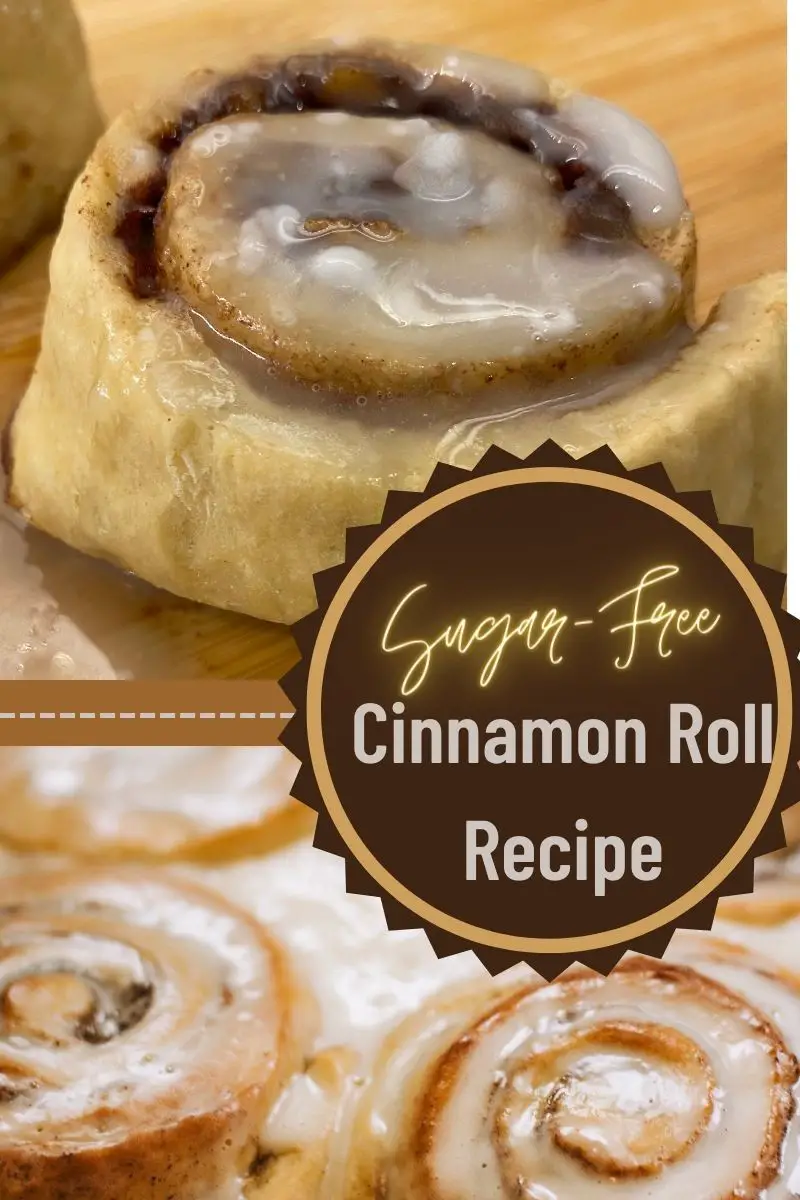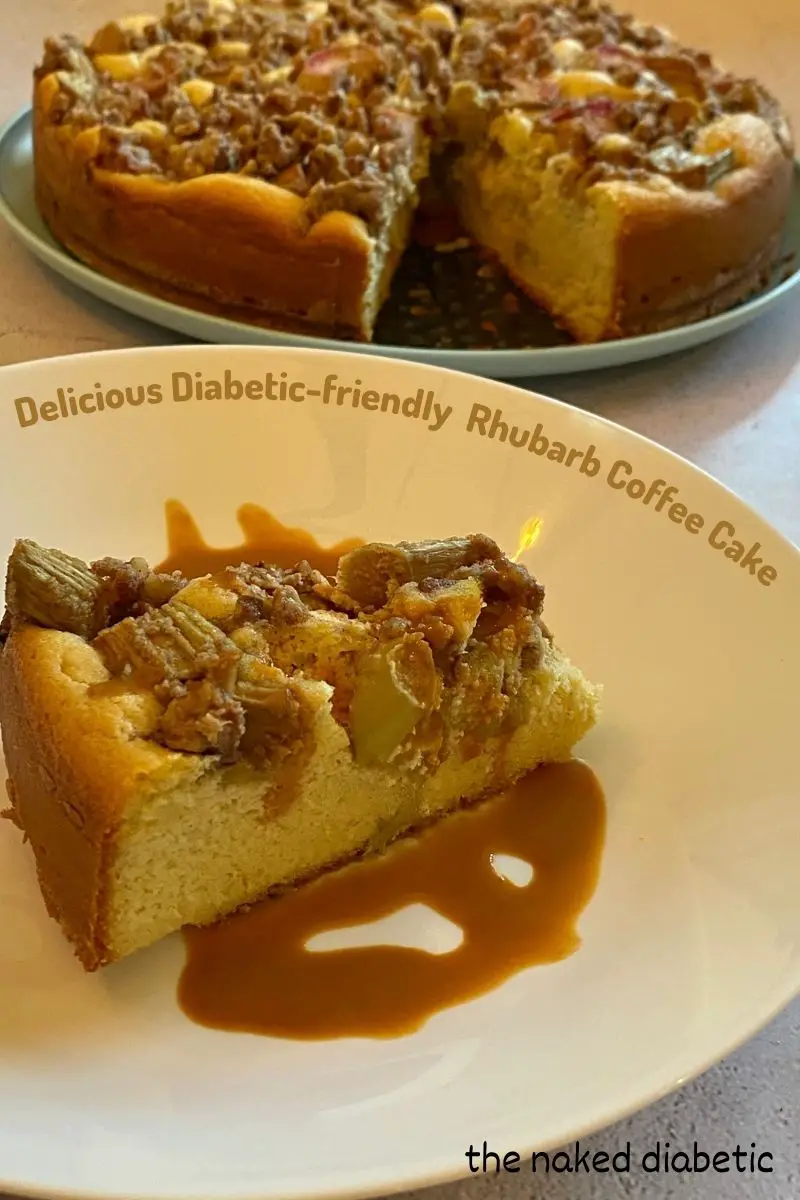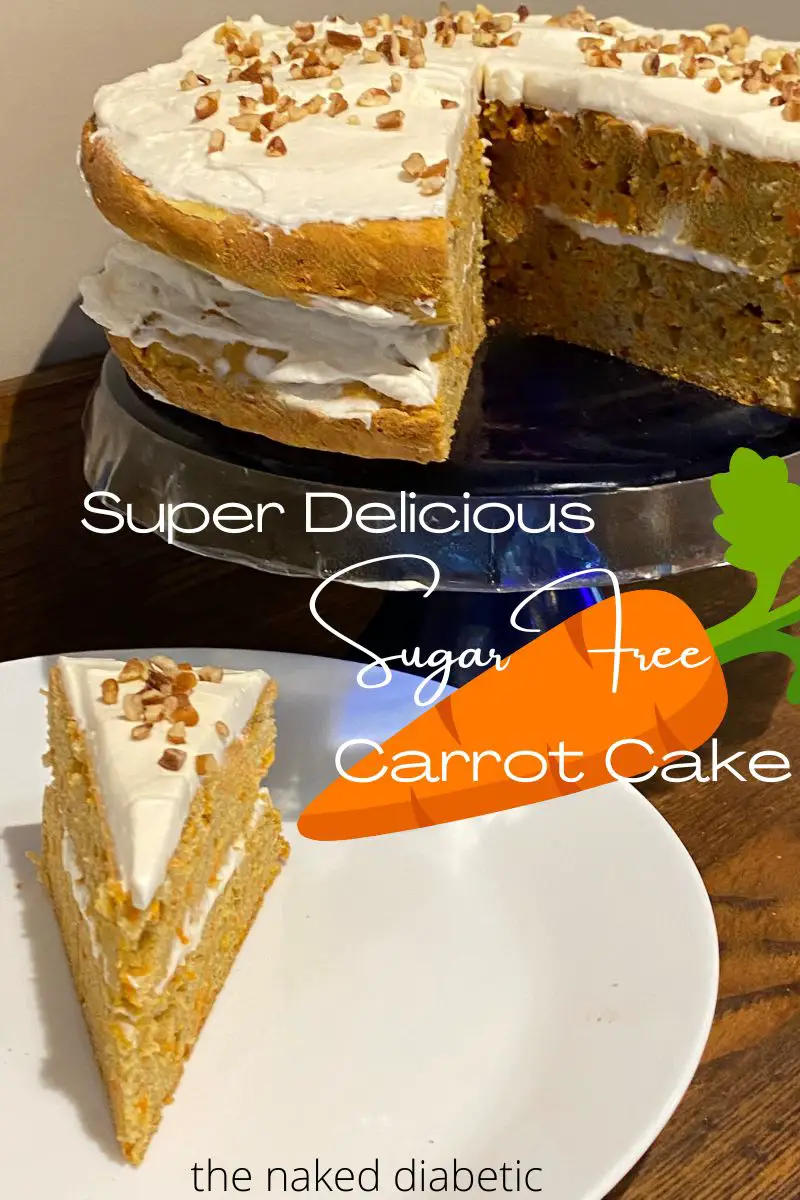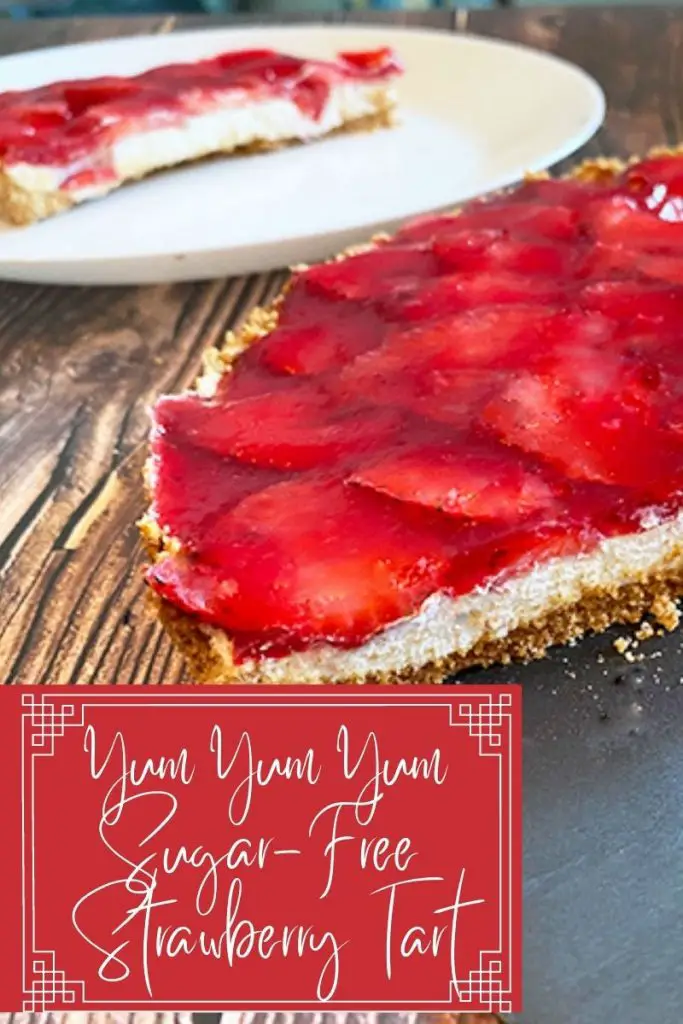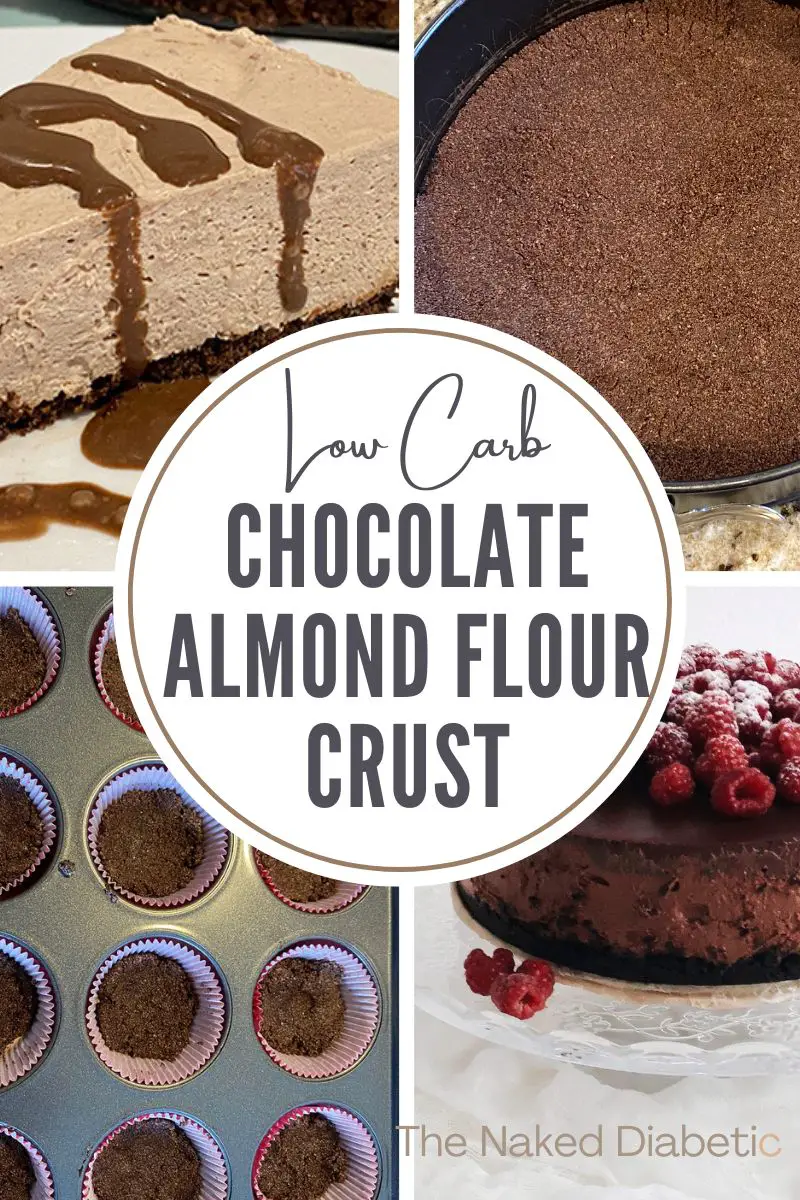This website may contain affiliate links. When a purchase is made through our links, The Naked Diabetic may receive a commission, at no cost to you.
Diabetic-Friendly Baking is unique. It is not low fat, not Keto and not Gluten Free. You can certainly choose to add those dietary restrictions to your diabetic cooking if you prefer. Knowing what the best flours for low carb baking are is key to successful recipes and will encourage you to keep up with diabetic-friendly recipes. Add all four of our top picks for the best diabetic friendly flours for baking to your diabetic friendly pantry.
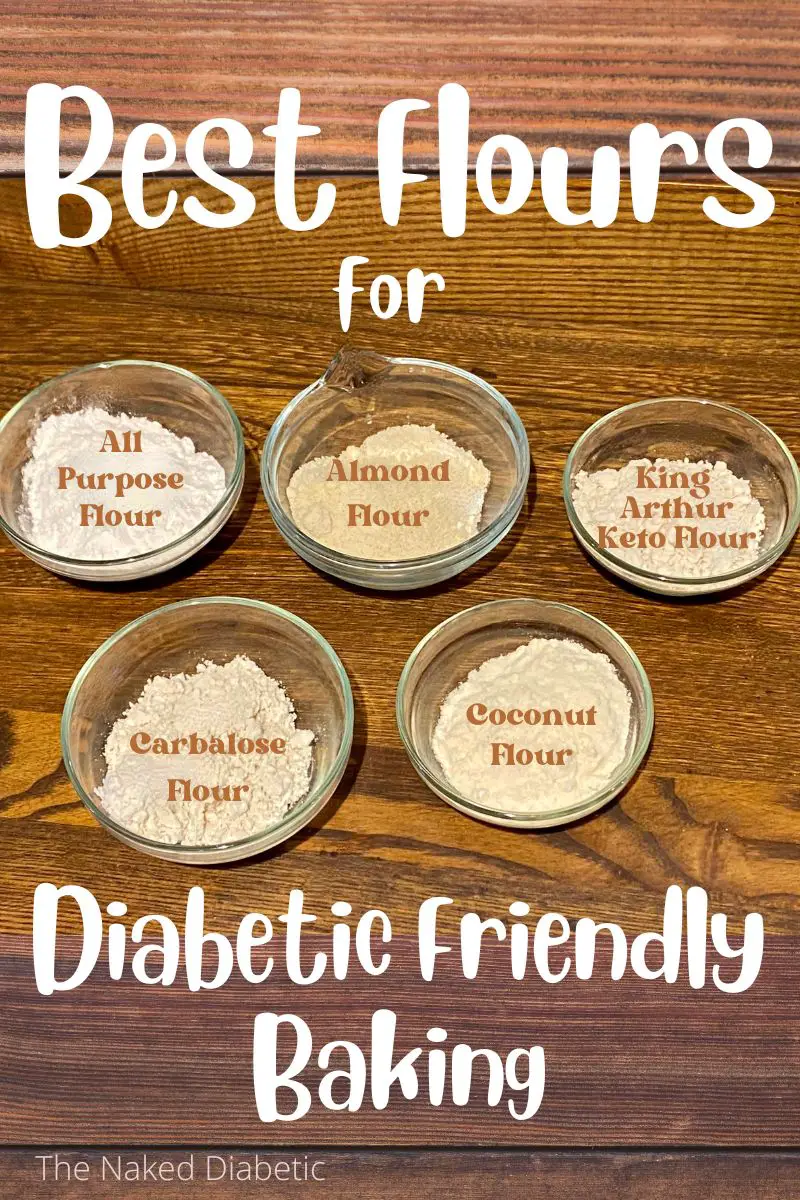
Diabetic Friendly baking doesn’t require keto-friendly flour. I just find that replacing some of all of the all-purpose flour with a low carb flour helps reduce the overall carb content in the final bake, making it easier to control blood sugar.
Best Flours for Low Carb Baking in our Diabetic Friendly Kitchen
Carbalose Flour
Carbalose Flour is made from wheat. It is an enzyme-enriched flour that is high in fibre and low in carbs. Since it is made from wheat, it is super close to all-purpose flour.
Nutritional Information
For 1/4 Cup of Carbalose Flour
- Calories – 70
- Total Fat – 2 gr
- Saturated fat – 0
- Cholesterol – 0
- Sodium – 65
- Carbohydrates – 14 gr
- Fibre – 6 gr
- Net carbs – 8gr
- Sugars – 0
- Protein – 7 gr

Characteristics of Carbalose Flour
Carbalose flour is white, just like all-purpose flour. It is denser than all-purpose flour, kind of like pastry flour. When sifting, you get the best results using a sieve as opposed to a sifter.
Use Carbalose flour in a one-to-one ratio in recipes that call for all-purpose flour.
Tips for using Carbalose Flour
Always sift whether the recipe calls for it or not. Measure first and then sift. When sifting Carbalose flour, I recommend using a sieve. The flour is so dense that a regular double-screen sifter is not as quick. When using a sieve, you may need to move the flour around with a spoon to move it through the screen.
Adjust baking time: If a recipe states to bake for 30 minutes, start checking for doneness around 25 minutes. Carbalose flour baking times can differ slightly from other flour. Sometimes it can even take longer to bake. Keeping an eye on it towards the end of the baking time will ensure it doesn’t become over or under-baked.
Lower Baking Temperature: Drop the temperature by about 25 degrees F. I find this helps prevent my bakes from drying out around the edges.
Yeast: Double up on the yeast in recipes. If it is one of our Diabetic Friendly recipes, we have already done this, but if it is another recipe that you are just replacing all-purpose flour, you will need more yeast. You will still not get as full a rise as you would with all-purpose flour, but it will rise.
Adjust Liquid Ingredients: Because Carbalose flour is high in fibre and denser, you may need to adjust the amount of liquid. For cookies you can add a tablespoon of water to the dough if you are finding it too thick, For cakes and pasta recipes, add an extra egg white with your eggs, Both the water and egg white will not alter your nutritional information.
What are the ingredients in Carbalose Flour?
Carbalose flour contains:
- High Protein wheat flour
- wheat fibre
- wheat protein
- Vital wheat gluten
- wheat starch
- oat
- soybean
- canola oil
- salt
- emulsifiers
- enzymes
- ascorbic acid
Pros
- Carbalose can be used interchangeably with all-purpose flour.
- Taste and texture are close to All-purpose flour.
- Carbalose Flour is keto-friendly.
- Carbaose Flour is 80 percent lower in carbs than regular all-purpose flour, making it diabetic friendly.
- Is nut-free friendly.
Cons
- Carbalose Flour should be sifted before adding it to every recipe.
- Price – Costs about two to three times that of regular flour
- Needs extra yeast to rise.
- Not available in supermarkets (yet) and not available in many specialty stores. So far I have only been able to purchase it online.
Storing Carbalose Flour.
Store Carbalose flour in an airtight container (I place my bag of Carbalose in a large ziplock freezer bag and remove the air before sealing). Can be stored at room temperature. The Carbalose Flour usually comes in a resealable bag, just remember to remove the air, for the freshest result.
There are no instructions for the length of time that it can be stored. I have stored my Carbalose Flour for up to 2 months with no loss of quality. The bags are quite a bit smaller than the regular four, so it doesn’t usually last that long.
Recipes Using Carbalose or King Arthur Keto Flour
King Arthur Keto Wheat Flour
King Arthur Keto Wheat flour is another great low carb baking flour. It is made from wheat using a process that removes 80 percent of the carbs. It can also be used as a flour substitute, using a 1-to-1 ratio.
Nutritional Information
For 1/4 cup of King Arthur Keto Wheat Flour:
- Calories – 110
- Total Fat – 2 gr
- Saturated Fat – 0
- Cholesterol – 5 mg
- Sodium – 55 mg
- Carbohydrates – 8
- Fibre – 4 gr
- Net carbs -4 gr
- Sugar – 1 gr
- Protein – 17 gr
Characteristics
King Arthur Keto Wheat Flour blend is very close to regular wheat flour. Like The Carbalose, it is denser, and there are a few minor alterations from regular flour that you will want to make when putting together your recipe. This flour can produce baked goods that are almost the same as using regular flour but are diabetic friendly.
Tips for Using King Arthur Keto Wheat Flour.
Sifting: I recommend sifting this flour any time you are using it, This will help eliminate any lumps and make it fluffier. Measure first and then sift.
Adjusting Liquid Ingredients: You will likely need to adjust the liquid ingredients in your recipe. by as much as 25 percent. Check as you are mixing and add liquid until you get the right consistency. Add liquid (water, milk or egg white) a tablespoon at a time. For cakes, double the amount of eggs,
Yeast: I have found that I get the best results when I double the amount of yeast listed in the recipe. If it is one of our diabetic-friendly recipes, this will already be done for you.
What are the ingredients in King Arthur Keto Wheat Flour?
The ingredients in King Arthur Keto Wheat Flour Blend are:
- Vital Wheat Gluten
- Wheat Protein
- King Arthur Unbleached Flour
- wheat flour enzyme or malted barley flour
- wheat fibre
- whey
- sunflower oil
- buttermilk
- cellulose gum
- flavouring
Pros
- King Arthur Keto Flour can be used interchangeably with All-purpose Flour
- It is low carb, making it diabetic friendly
- Can be used to make bread, cakes and baked goods with yeast and the need to rise.
- Versatile and keto-friendly
- is nut-free environment friendly
Cons
- Requires adjustments to yeast and liquids in recipes
- Does not rise as high as all-purpose flour when using yeast.
- Price – more expensive than all-[purpose flour (2 to 3 times more)
- For the best result, always sift.
- Can be difficult to find. Not usually available in supermarkets, but is available in some specialty stores.
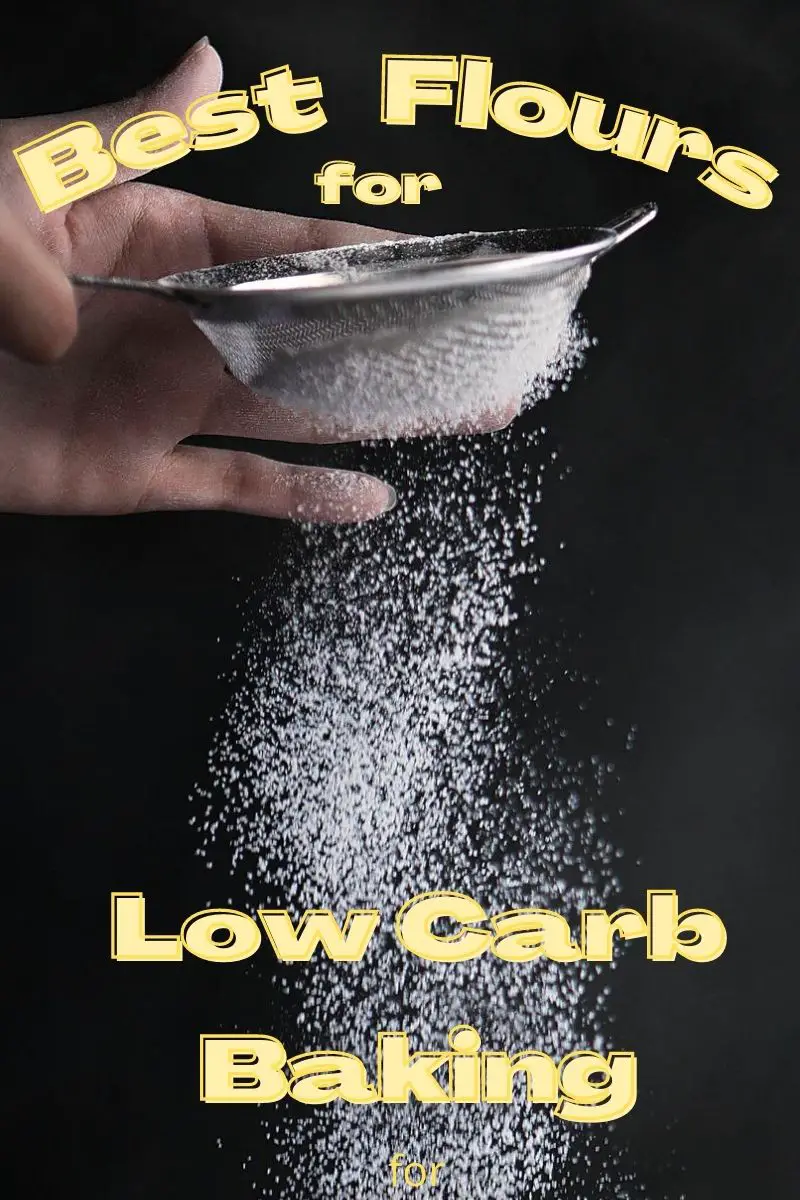
Almond Flour
Almond Flour is probably one of the most popular flours used in many low carb, sugar free and diabetic-friendly recipes. Almond Flour is made from ground almonds and sometimes is confused with almond meal.
Nutritional Information
Nutritional Information for 1/4 cup of Almond Flour (can carry slightly in differing brands)
- Calories – 160
- Total Fat – 15 gr
- Saturated fat – 1 gr
- Cholesterol – 0
- Sodium – 0
- Carbohydrates – 6 gr
- Fibre – 3.5 gr
- Net Carbs -2.5 gr
- Protein – 6 gr
Characteristics
Almond Flour is finely ground almonds, which makes it more coarse than regular flour. It is a yellow colour, which will show as a more yellow bread in your finished bake. Almond Flour has a nutty flavour, which does carry over into your recipe.
Pros
- Low Carb, making it Keto friendly and diabetic-friendly
- Used in a 1-to-1 ratio with All Purpose flour
- recipes can be moist and tender – because of the high fat content
- rising is not as high as All Purpose flour, Carbalose or King Arthur Keto Flour.
- Easy to find, as it is available in many supermarkets and health food stores.
Cons
- Some people experience constipation from almond flour
- grainy texture in baked goods
- High-fat content
- not nut-free environment friendly
- price – Almond Flour is expensive 3 to 5 times higher than All Purpose flour
- Can add a nutty flavour, which can alter your recipe’s flavour
- High in calories
Tips for using Almond Flour
Sifting: I always sift almond flour. It will help lighten it up and remove any lumps. It is not required but I find it helps.
Re-grinding: Almond flour works best when it is finely ground. To be certain the grind is fine, put it in a food processor or grinding mill and pulse/grind for a few seconds. Let it settle then use as directed.
Using yeast: I always add extra yeast when using almond flour. I find doubling the amount will yield the best results, but it will still not be like all-purpose flour.
Baking Powder: When converting traditional recipes to low carb by substituting all-purpose flour with almond flour, add extra baking powder. I often double the amount of baking powder for the best results.
Making Crusts: Almond Flour is a great substitute for graham cracker crumbs. The ratio is the same as flour, 1 to 1. It is not good for rolled crusts, but I like it for crumble-style crusts, like in our Sugar-Free Strawberry tart recipe.
Ingredients In Almond Flour.
Just almonds. That’s all that is in Almond Flour. Don’t confuse Almond Fkour with Almond Meal. Almond flour is made with blanched almonds, that have had the skins removed. Almond Meal is made by grounding unblanched almonds with the skin on them. Almond meal can be used in many recipes, such as coatings and crusts for desserts, but almond flour is a better choice for making cookies and bread.
How to Store Almond Flour
Almond flour that is opened, should be stored in an airtight container, in a dry space, away from heat. I store my Almond Flour in a Ziploc bag with as much air removed as possible and then inside of an airtight pantry canister.
Coconut Flour
Coconut Flour is made by grinding coconut meat, which has been dried, baked and finely ground. Coconut Flour is low-carb, which makes it keto-friendly and diabetic-friendly. Coconut Flour works well when it is combined with another flour type. Coconut flour has a strong coconut flavour, which may or may not work with all recipes. If used in small amounts it is usually not overpowering.
Nutritional Information
Nutritional Information for 1/4 cup of coconut flour.
- Calories – 120
- Total Fat – 3 gr
- Saturated fat – 2 gr
- Cholesterol – 0
- Sodium – 20 mg
- Carbohydrates – 18 gr
- Fibre – 12 gr
- Net Carbs – 6 gr
- Protein – 6 gr
Characteristics
Coconut Flour is made through a drying and grinding process. It is a dense, very white flour. It has a coconut flavour that some describe as strong. The flour is dense.
Pros
- Low carb, making it keto-friendly and diabetic-friendly.
- Available in most supermarkets and health food stores.
- Is permitted in many (but not all) nut-free settings. (the coconut is considered a seed)
Cons
- Absorbs a lot of liquid, which can result in soggy dense baked goods.
- has a coconut taste that will be noticeable in your recipe.
- price – expensive.
- needs to be paired with another flour due to its porous nature.
- Can cause bloating and gas in celiac sufferers.
- Should only make up 20 to 25 percent of flour per recipe.
Tips for using coconut flour.
Sifting the flour: Sifting the coconut flour will help reduce clumping. Measure first and then sift.
How much coconut flour: When using coconut flour the best results are achieved when only using up to 25 percent of the total flour in the recipe. If cooking low carb, use almond flour, King Arthur keto flour or Carbalose flour for the remainder of the flour in your recipe.
How to store Coconut Flour
Coconut Flour should be stored in a cool dark place. It does not tolerate heat. Keep in an airtight container or resealable bag.
I hope that you find our picks for best flours for low carb baking helpful. These diabetic friendly flours are a staple in our diabetic friendly kitchen.
Thank You for visiting The Naked Diabetic.
This website may contain affiliate links. When a purchase is made through our links, The Naked Diabetic may receive a commission, at no cost to you.

